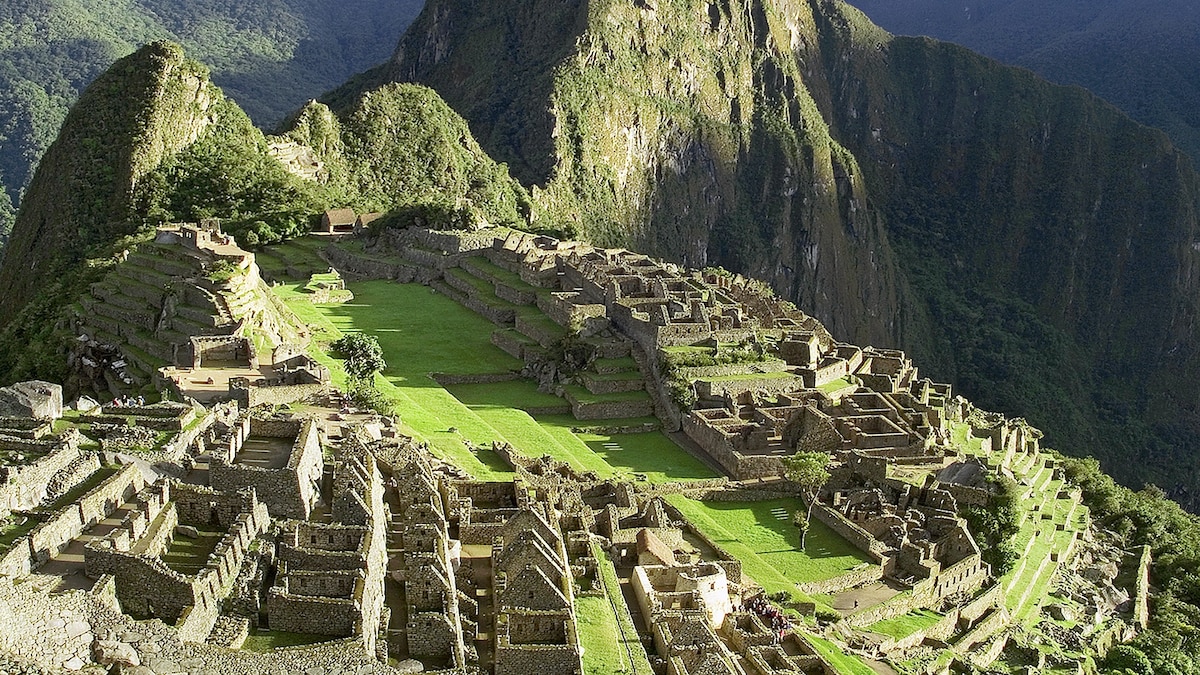
-
Published: 13 January 2023

13-Jan.- 2023
Written by|Ph.D.\ Abeer Almadawy
Most people thought that Peru is a new country and has no history or civilization,
they are right somehow as they don't know what a life they had before the exploration of its lands and the occupation...but a recent study revealed that Peru has deep connects with an ancient civilization and History.
The history of Peru spans 10 millennia, extending back through several stages of cultural development along the country's desert coastline and in the Andes mountains. Peru's coast was home to the Norte Chico civilization, the oldest civilization in the Americas and one of the six cradles of civilization in the world. When the Spanish arrived in the sixteenth century, Peru was the homeland of the highland Inca Empire, the largest and most advanced state in pre-Columbian America. After the conquest of the Incas, the Spanish Empire established a Viceroyalty with jurisdiction over most of its South American domains. Peru declared independence from Spain in 1821, but achieved independence only after the Battle of Ayacucho three years later.
Modern historiography of Peru divides its history into three main periods:
- A Prehispanic period, which lasts from the first civilizations of the region to the Spanish conquest of the Inca Empire.
- A Viceregal or Colonial period, which lasts from the aforementioned conquest to the Peruvian declaration of independence.
- A Republican period, which lasts from the war of independence to the current day.
Let's say this article will take a deep tour of Peruvian history in multi-essay and consider this overview as a starting point to launch our trip.

The region now known as Peru has a mythical history. Human habitation is documented as
early as the eighth millennium B.C. Organized village patterns developed, and several distinct Peruvian cultures began to emerge by 1500 B.C. The Chavin and Sechin are the best-known of these early civilizations; they left behind advanced stone carvings of religious iconography, usually involving the jaguar.
As these cultures declined, a second wave of distinctive civilizations rose in their place. The Paracas and the Saliner left behind sophisticated weavings and kiln-fired ceramics as their legacy. From the Paracas culture emerged the mysterious Nazca.
The Nazca people were the architects of the incredible Nazca lines. The lines are a series of drawings across over 50 miles of the southern Peruvian desert, called geoglyphs. These drawings include the famous monkey, spider, bird, and waving human figure, as well as several other smaller lines and drawings. The drawings are huge, large enough that they can only be made out vaguely from viewing towers. They are best deciphered from the air, which is where the mystery arises. The Nazca people could never have seen their own drawings from the air, and so the question arises as to the architects’ motivations. The waving figure is particularly mysterious; who was it created to wave at? A Peruvian tour should include the Nazca lines, so travelers may form their own opinions.
As the Nazca and other coinciding civilizations began to disappear, the mighty Inca rose in Peru. Incan civilization began as a small “municipality” in the Cuzco valley in the mid 1400s. Cuzco remained the military and political center of the Incas as it began to expand. In less than a century, the Incan Empire stretched from Colombia all the way down to northwest Argentina. The seat of the Incan emperor, Cuzco became the richest city in the Americas. It was built in the shape of a jaguar, and travelers to Peru can still walk the outline for themselves.
The Incas were successful in their expansion, obviously because of great military skill and planning, but also because they incorporated the best aspects of each culture they conquered into their own. Peaceful assimilations were common; emissaries would be sent to outside rulers, who would acquiesce and send their children to Cuzco to be educated.
Francisco Pizarro landed on the Pacific shores of the Ecuadorian region in 1532, when his arrival coincided with the end of a destabilizing civil war between two Incan rulers. He and his retinue assassinated Atahualpa (see Ecuador article) and easily took the northern region of the empire. Pizarro continued south to Cuzco and sacked the city. The Incas continued to fight fiercely for several years; the lost city of Machu Picchu was one of their last strongholds. The Spanish rule had already begun.
The Incas disappeared as their cities were destroyed, and smallpox and other European diseases swept through the region, but they left behind their sublime stonework and architecture. The jaguar of Cuzco still rears its head, and Machu Picchu rises through the mists with the sun.
Recent History
The fledgling country rocked between military rule and political infighting. Peru engaged in war with Chile in the War of the Pacific from 1879-83, in which they were defeated. Military coups, political turmoil, and radical reforms characterized the country for the next several decades. A period of stability settled under the presidency of Alberto Fujimori, but he was forced to resign in 2000 under accusations of human rights violations and corruption.
